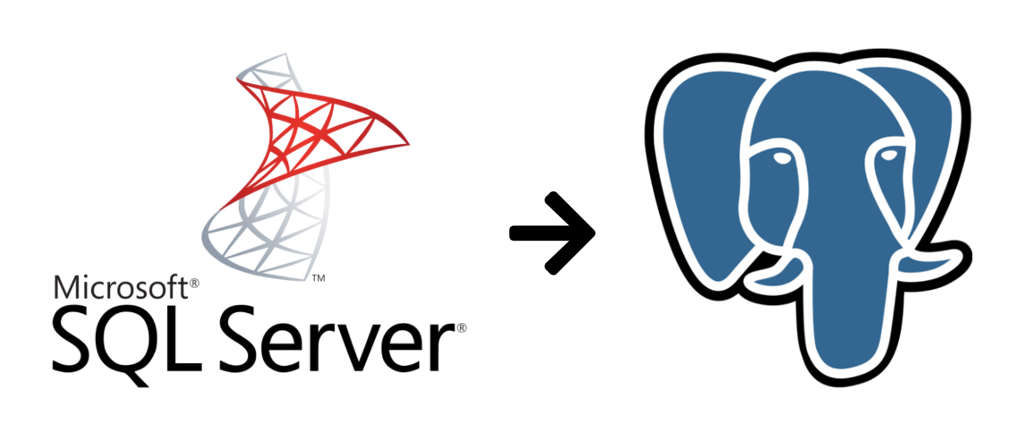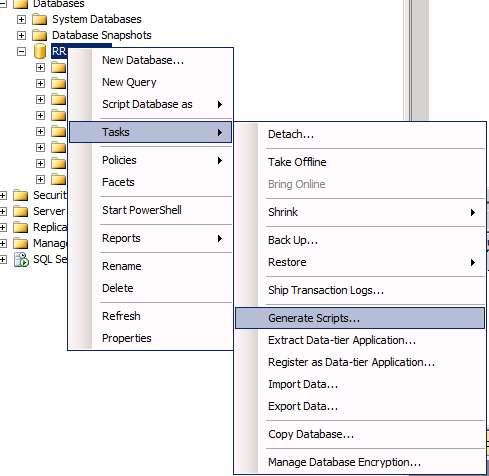OWASP Top Ten Application Security Risks

I don’t consider myself a security expert. Still, to my surprise, I was asked to give a talk about security to all the End Point developers. Obviously I realized too late what I was getting myself into! Such an audience is not only pretty large, it is also challenging, many are more competent than me, and the risk to bore them is very high. Yet, the slides were prepared, the talk was given and the feedback was good.
It goes without saying that a broad, generic training about security, which still can give something to the listener, can’t be really improvised.
The platform for the talk was the OWASP Top Ten 2017 Project, which discusses the most critical security risks to web applications.
OWASP stands for Open Web Application Security Project and describes itself as “an open community dedicated to enabling organizations to develop, purchase, and maintain applications and APIs that can be trusted.” Its website provides plenty of resources to the developers.
The Top Ten consists of 10 broad classes of vulnerabilities. The data behind that comes from specialized firms and surveys, gathering information from 100,000 real-world applications and APIs. Some of these classes are very …
security
Volunteer While You Work From Home

I’ve always been an animal lover. I’ve currently got a dog, two cats, bees, and a flock of chickens in my tiny suburban home and I would get more if I could. Over the past few years I’ve taken up an interest in fostering animals through our local animal shelter. Above are our current fosters, two St. Bernard mix parvo pups.
I’m always looking for opportunities to do something in the community but as a busy mom with a full-time job, it can be difficult to fit volunteering into your schedule. What I’ve discovered is that animal fostering is a great volunteer job for someone that works from home.
How Does It Work?
Our local shelter has a list of foster volunteers who’ve completed their application process and requisite trainings. When they have an animal or group of animals that needs to be out of the shelter for a certain amount of time, they email everyone with a description of the foster. You review the information and decide if you’re a good fit.
We’re very lucky in that our local humane society provides all the food, bedding, medicine, and instruction you need. Your job is to take care of the animal or litter, report back to the shelter as needed, and return the animal when it …
remote-work community
Where are you with your Windows OS in 2019?

Photo by bradleypjohnson · CC BY 2.0
It should be of little surprise that on January 14, 2020, after a decade of Windows 7, Microsoft will stop providing security updates and support for this older operating system. Windows 7 was released in 2009, and due to its stability enjoyed many years as the go-to operating system for home and business alike.
Even now, it is estimated by NetMarketShare that over 40% of businesses still rely on it. Despite Microsoft having ended mainstream support for Windows 7 in 2015, it still offered extended support because of the operating system’s popularity, and the generally slow adoption of newer releases. However, that support shall soon end, as will support for Windows Server 2008 R2 (release 2), which also remains in wide use. Organizations of all kinds will need to upgrade to newer operating systems to remain secure.
The corporate adoption of Windows 8 and 8.1 may have been slow in part due to Microsoft’s radical changes to the user interface, such as replacing navigation menus with information-filled “live” tiles. Windows 10, however, was designed as a compromise, providing a Windows 7-like Start menu, while preserving the live tile interface …
windows security
Camping in the Clouds with Terraform and Ansible

Photo by Andrew E. Larsen · CC BY-ND 2.0
Right, so, show of hands: How many of you work on some bit of web code by doing a git clone to your own laptop, developing the feature or bug fix, running through manual testing of the app until you’re happy with it, and off it goes back up to the repo when done? I’m curious, and I have a few questions for you:
- Have you ever had a bit of code that worked locally, but didn’t in production because of some difference in systems, dependencies, or something else in the stack?
- How do you show off your work to a client or management for approval? Can you demo several alternate changes to the same site at the same time?
- How do you bring in coworkers to “look over your shoulder“ and help with something, especially ones that are far away?
- How do you get a new coworker up to speed if they’re doing development themselves?
- If you’re working on multiple things, do you create multiple clones?
- How’re your backups?
Are you fidgeting nervously thinking about that? Sorry. ☹ But also, check out this little thing: DevCamps. It’s been an End Point staple for quite a while now, so if you’ve read our blog before you might have heard about it.
Long story short: In …
camps cloud development terraform ansible
Adding Awesomplete to Vue Components
 IBM Model M SSK by njbair, used under CC BY-SA 2.0 / Cropped from original
IBM Model M SSK by njbair, used under CC BY-SA 2.0 / Cropped from original
Awesomplete is an “Ultra lightweight, customizable, simple autocomplete widget with zero dependencies, built with modern standards for modern browsers.”
Awesomplete caught my attention when I was looking for a lightweight autocomplete implementation to add to an existing, heavily styled form in a Vue.js single-file component. There are no fewer than 10 options on the Awesome Vue.js list of autocomplete libraries, but many of them brought their own dependencies or custom styling and I was looking for something simpler to add autocomplete features to my form.
I have created a live JSFiddle demo showing an implementation of Awesomplete in a Vue.js app, but the remainder of this post contains more details about adding Awesomplete to a single-file component in a larger Vue application.
Here is a screenshot and sample code for a simplified version of the Vue single-file component that I was working with:

<template>
<div>
<h2>Search by Name</h2>
<p>
<em>
Options: {{ names.join(', ') }}
</em>
</p>
<form> …vue javascript
How to Migrate from Microsoft SQL Server to PostgreSQL

One of our clients had a Java-based application stack on Linux that connected to a pretty old version of SQL Server on Windows. We wanted to migrate the entire system to a more consistent unified stack that developers are efficient with, and that is current so it receives regular updates.
We decided to migrate the database from SQL Server to PostgreSQL on Linux because porting the database, while not entirely quick or simple, was still much simpler than porting the app to .NET/C# would have been. Rewriting the application would have taken far longer, been much riskier to the business, and cost a lot more.
I experimented with a few approaches to the migration and decided to go with the process of schema migration and then the data migration approach which is referred to on the Postgres wiki. Let’s walk through the process of migration step by step.
Schema Migration
A schema of the SQL Server database tables and views needs to be exported to perform schema conversion. The following steps will show you how to export the schema.
Export SQL Server Database Schema
In SQL Management Studio, right click on the database and select Tasks → Generate Scripts.

Choose “Select specific …
pentaho postgres database sql sql-server casepointer
VISGRAF and the Moreira Salles Institute to Collaborate Using Liquid Galaxy

In 2017, End Point donated a Liquid Galaxy to The Institute of Pure and Applied Mathematics (IMPA) in Rio De Janeiro. The Institute is home to VISGRAF, a laboratory specializing in computer graphics research, including AR, VR, visualization, and computer vision.
IMPA recently formed a partnership with a leading Brazilian cultural institution, the Moreira Salles Institute (IMS). The IMS stewards a vast collection of culturally important Brazilian photography, music, literature, and art. IMS moved to collaborate with IMPA because of its core mission of promoting broad access to these historically valuable artifacts.
The head of VISGRAF, Professor Luiz Velho, views the partnership as a way of empowering Brazilian culture. “The IMS collection is invaluable, and we can do unprecedented things with it,” he said in a press release. Researchers from IMPA are working to geolocate the photos, analyze them with computer vision, improve their resolution, and enable immersive engagement with them on the Liquid Galaxy.
Professor Velho has co-authored an interesting working paper with Julia Giannella of IMPA discussing how IMPA and IMS can take advantage of the Liquid Galaxy. The paper goes …
visionport clients
Speech Recognition from scratch using Dilated Convolutions and CTC in TensorFlow

Image by WILL POWER · CC BY 2.0, cropped
In this blog post, I’d like to take you on a journey. We’re going to get a speech recognition project from its architecting phase, through coding and training. In the end, we’ll have a fully working model. You’ll be able to take it and run the model serving app, exposing a nice HTTP API. Yes, you’ll even be able to use it in your projects.
Speech recognition has been amongst one of the hardest tasks in Machine Learning. Traditional approaches involve meticulous crafting and extracting of the audio features that separate one phoneme from another. To be able to do that, one needs a deep background in data science and signal processing. The complexity of the training process prompted teams of researchers to look for alternative, more automated approaches.
With the growing development of Deep Learning, the need for handcrafted features declined. The training process for a neural network is much more streamlined. You can feed the signals either in their raw form or as their spectrograms and watch the model improve.
Did this get you excited? Let’s start!
Project Plan of Attack
Let’s build a web service that exposes an API. Let it be able to …
machine-learning python api audio







